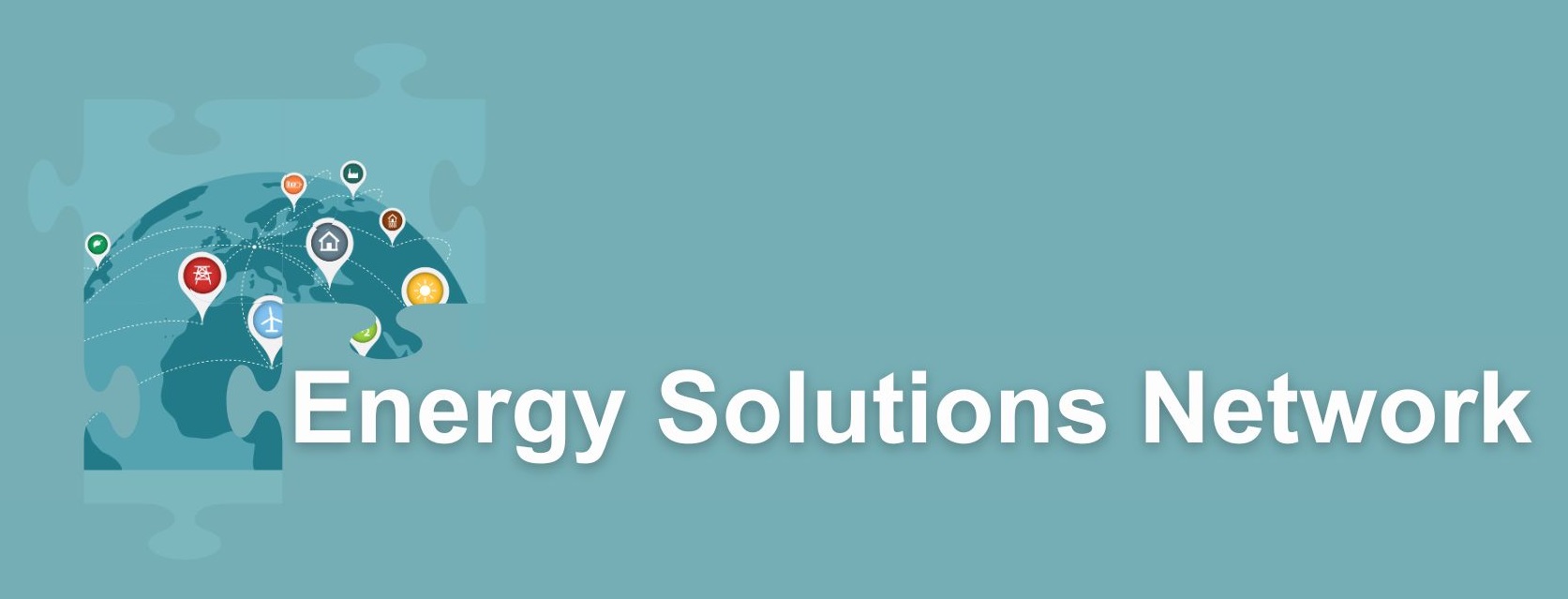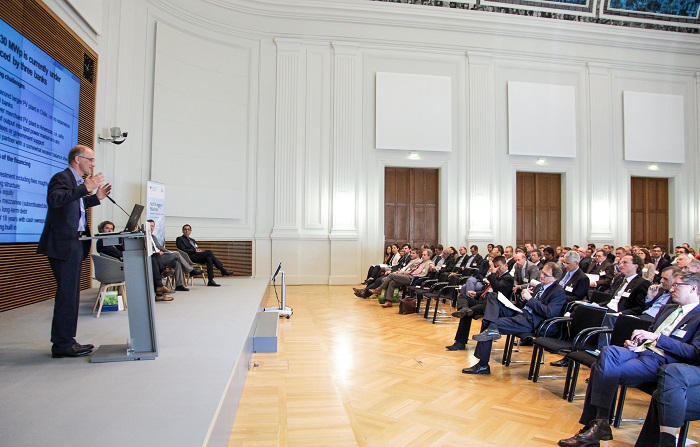A closer look: Power electronics and network control technology

© fotolia.com/thomaslerchphoto
Power electronics
Power electronics are necessary in the power grid whenever the profile, amplitude or frequency of the voltage and the current intensity of current flows need to be adjusted, for example, when electricity is fed into the supply grid. The power electronics used here are converters. The converters convert the power in accordance with the technical connection rules with regard to the required frequency, voltage and phase position, for example, with direct current becoming alternating current.
Modern power electronics, such as those used in high-voltage direct-current transmission, can significantly reduce transmission losses during network operation. Current research and development is focusing on optimising costs, efficiency, service life, weight and volume as well as the system efficiency of power electronic components.
Application fields of power electronics
Power electronics play a key role in achieving a sustainable supply of power with a growing share of renewables, as these energy sources require a combination of AC and DC systems. While alternating current flows through most supply grids and domestic appliances are also powered by alternating current, direct current is generated or required during electricity generation. For this reason, an inverter nowadays acts as the standard interface between a photovoltaic system and the supply grid. However, in wind turbines, frequency converters are used to align the frequency of the variable-speed wind turbines with the grid frequency.
Modern power electronics, such as those used in high-voltage direct-current transmission, can significantly reduce transmission losses during network operation. Current
Network control technology
The term “network control technology” refers to the technologies used for data acquisition, transmission and evaluation and the monitoring, control and regulation of networks enabled by these technologies. It is used both in power grids and other supply networks such as heat, gas and water networks. In the past, network control technology was mainly implemented at the highest voltage level, since this is where the feed-in took place. Now, with the integration of multiple decentralised power generators in the grid and feed-in of these generators at low-voltage and medium-voltage levels, the application of network control technology has expanded to include these levels and is increasingly important in the field of feed-in management.






